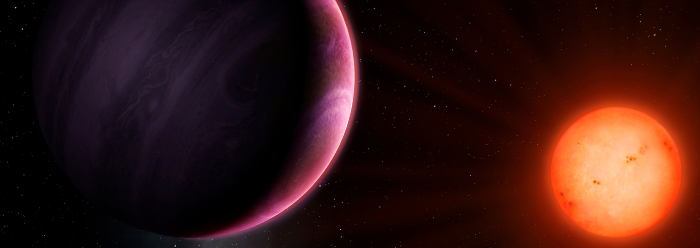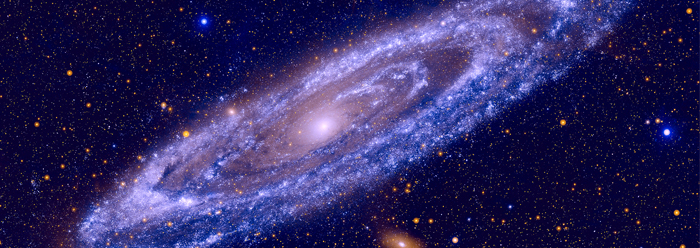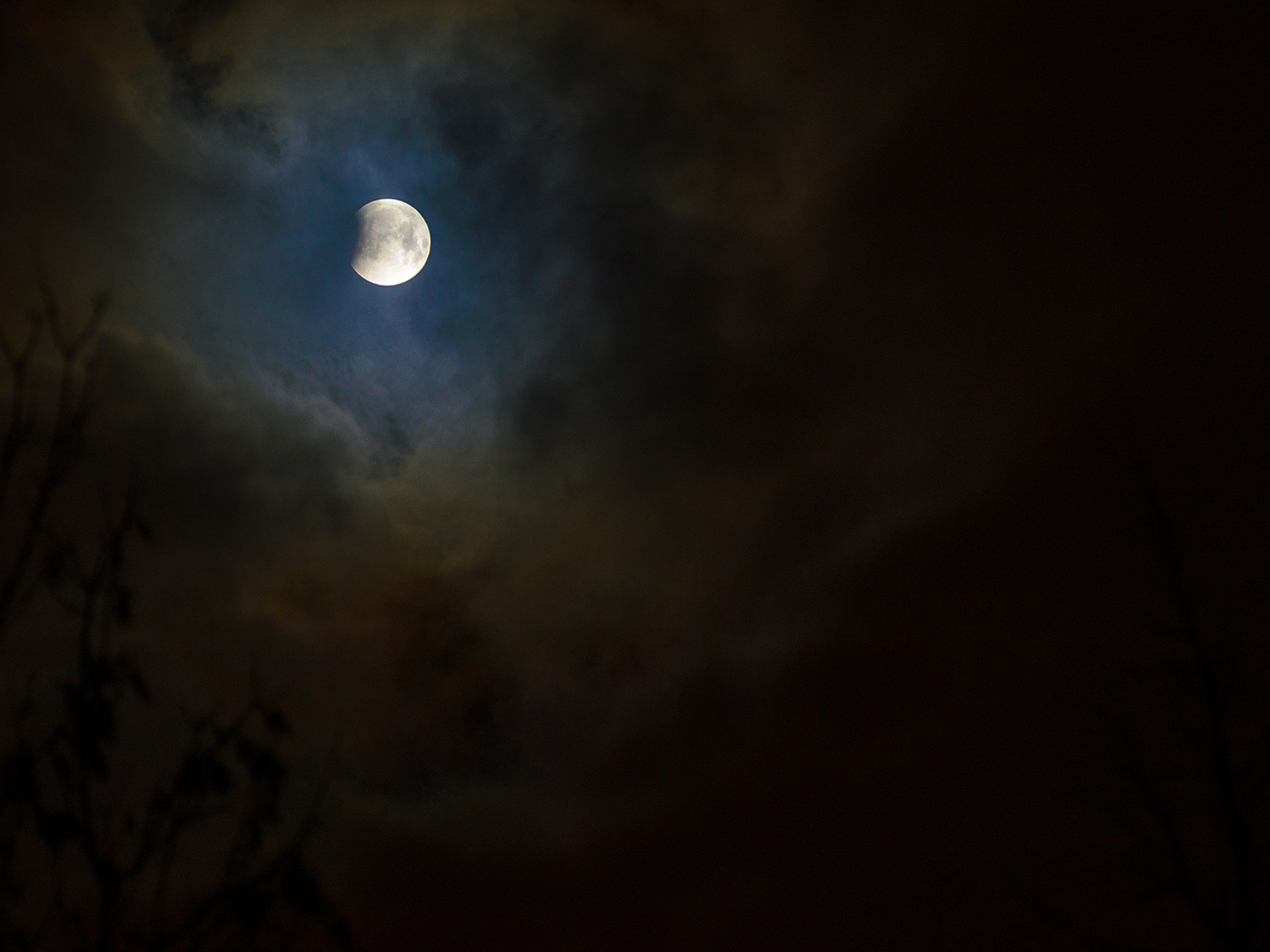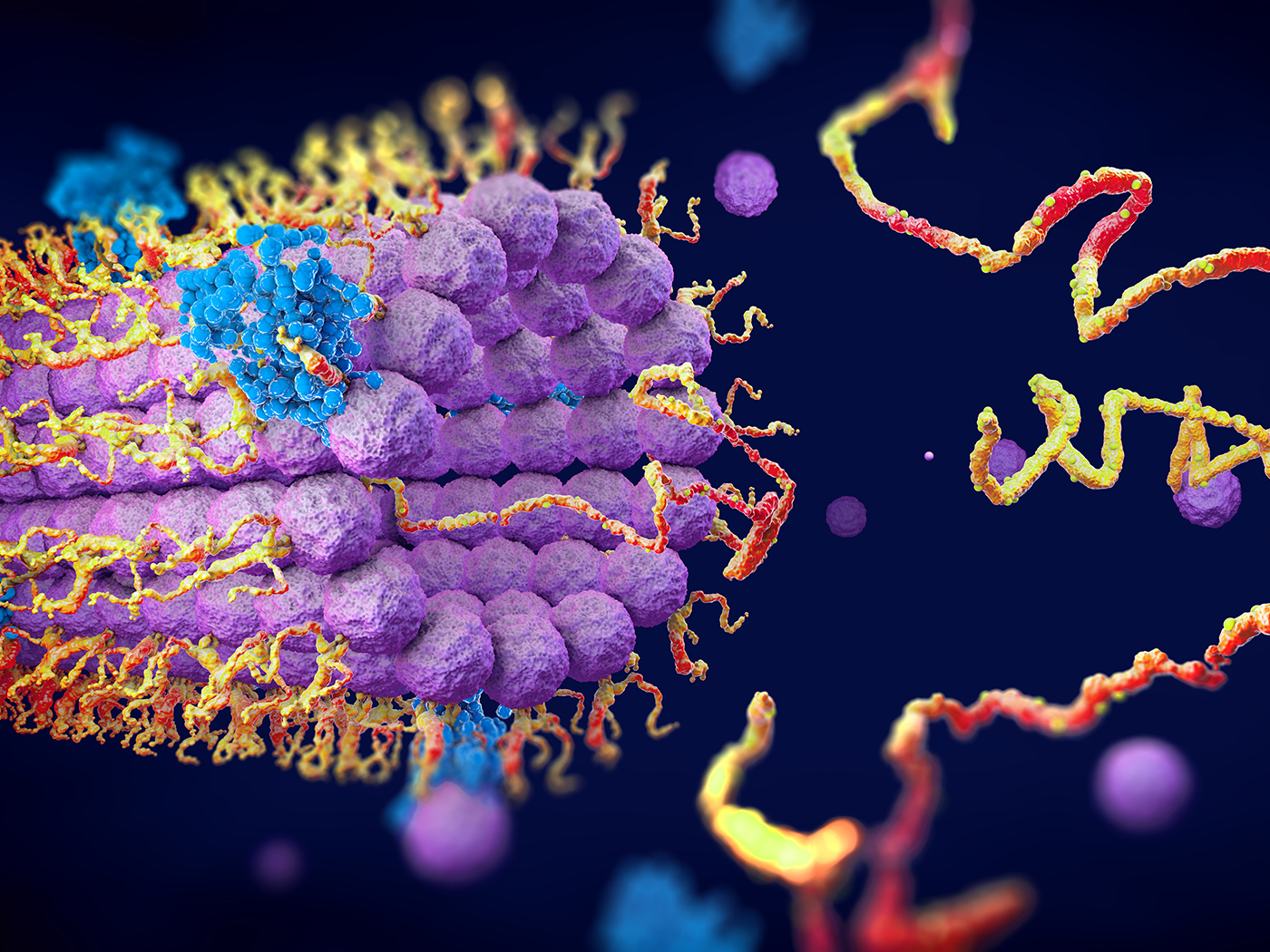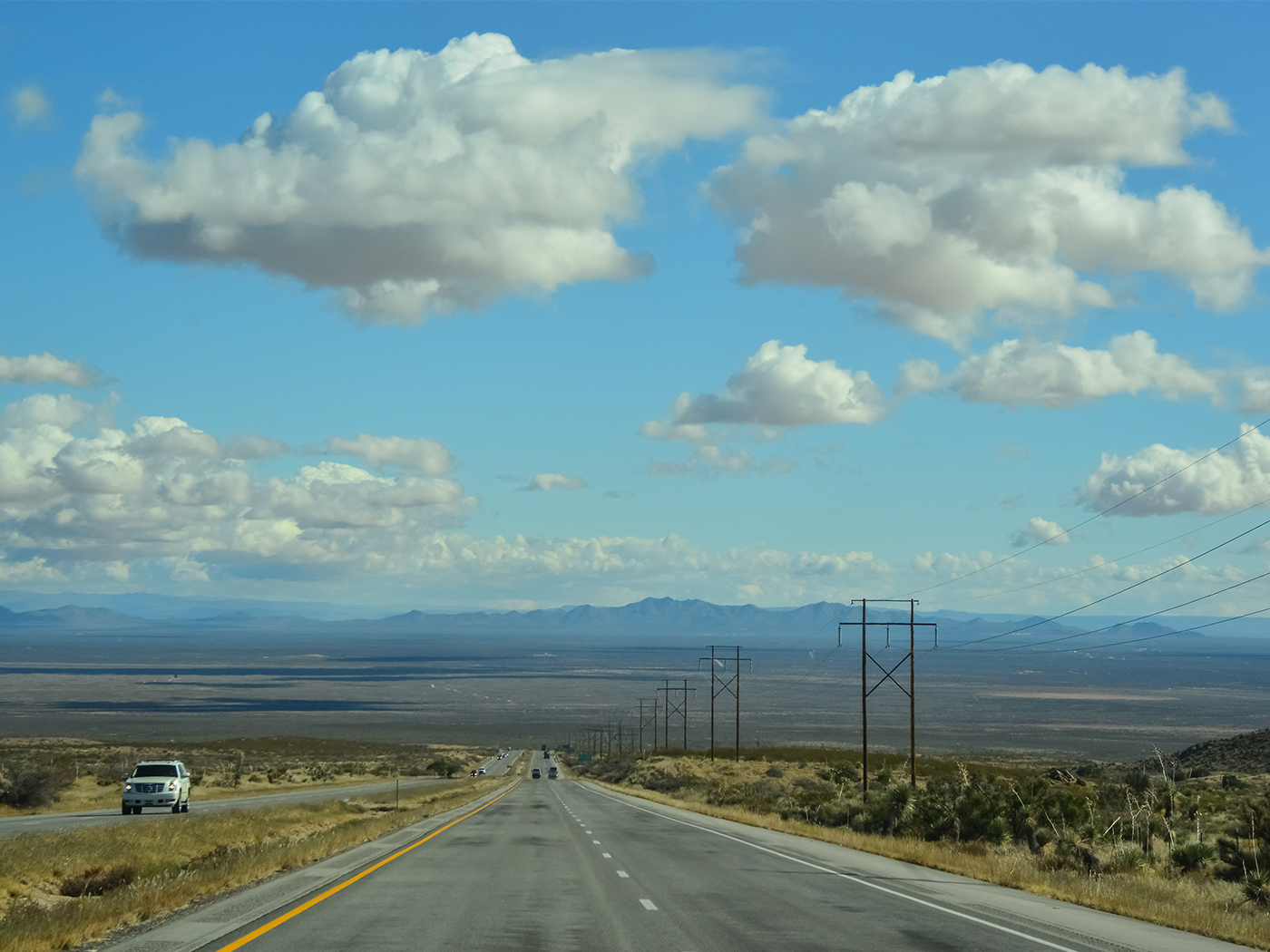The JWST is designed to “see” in the infrared portion of the electromagnetic spectrum. Light from very distant galaxies is redshifted to this part of the spectrum, so the JWST should be able to obtain better images of very distant galaxies.2 Indeed, an online comparison shows that deep-field images obtained by Webb are even better than the spectacular images obtained by Hubble.3
Creationists have long noted that the Big Bang suffers from the mature distant galaxy problem. Big Bang theorists assume that light from the most distant galaxies took more than 13 billion years to reach Earth. By Big Bang reckoning, we should be seeing these very distant galaxies, not as they are today, but as they were more than 13 billion years ago. Hence, these galaxies should look “unevolved” and “immature.” Yet this expectation is routinely contradicted,4-6 and preliminary data from Webb continues the trend.
The very first results from the James Webb Space Telescope seem to indicate that massive, luminous galaxies had already formed within the first 250 million years after the Big Bang. If confirmed, this would seriously challenge current cosmological thinking…. Many of these galaxies appear to be more massive than the standard cosmological model that describes the universe’s composition and evolution [sic].7
In fairness, it should be noted that these results are preliminary and not yet confirmed. However, they are clearly causing some angst among Big Bang theorists. Cosmologist Richard Ellis of University College London said, “It worries me slightly that we find these monsters [galaxies] in the first few images.”7 Garth Illingworth of the University of California Santa Cruz said, “This is way outside the box of what models were predicting.”1
There may be an even bigger problem. Astrophysicist Michael J. Disney (retired from Cardiff University) helped construct cameras for the Hubble Space Telescope in the 1970s and 1980s. In a 2007 American Scientist article, Disney stated that the idea of an expanding universe was “a moderately well-supported hypothesis,”8 but that finding additional evidence for an expanding universe was “of paramount importance.”8 He recollected,
In the 1930s, Richard Tolman proposed such a test [for an expanding universe], really good data for which are only now becoming available. Tolman calculated that the surface brightness (the apparent brightness per unit area) of receding galaxies should fall off in a particularly dramatic way with redshift—indeed, so dramatically that those of us building the first cameras for the Hubble Space Telescope in the 1980s were told by cosmologists not to worry about distant galaxies, because we simply wouldn’t see them. Imagine our surprise therefore when every deep Hubble image turned out to have hundreds of apparently distant galaxies scattered all over it…. Contemporary cosmologists mutter about “galaxy evolution”, but the omens do not necessarily look good for the Tolman test of Expansion at high redshift.8,9
As an astrophysicist, Disney is well aware that galaxy redshifts are seen as evidence of an expanding universe. But something else could be causing these redshifts, and the Tolman effect is a way to test whether an expanding universe is the correct explanation. In a static universe, galaxy surface brightness should be constant, regardless of redshift value.10 In an expanding universe, however, surface brightness should become dramatically dimmer for higher redshift values. This is why Big Bang cosmologists did not think the Hubble telescope would be able to see extremely distant, high-redshift galaxies. Yet Hubble did see these galaxies, and Webb is now peering even farther into space.
Astronomers have already performed the Tolman test.11 Astronomers claimed the results were consistent with an expanding universe, assuming that galaxies at higher redshifts were intrinsically brighter than those at lower redshifts and that this intrinsic brightness decreased in a systematic way over billions of years. This is what Disney meant when he said cosmologists “mutter about ‘galaxy evolution’ at high redshift” to account for this unexpected brightness. Disney does not consider “galaxy evolution” to be a convincing explanation, but he still thinks it may be possible to explain this unexpected brightness in an expanding universe.9
More recently, Big Bang critic Eric Lerner claimed that Tolman test results are more consistent with a static universe than an expanding one.12 Likewise, creation physicist Dr. John Hartnett argued that scientific evidence for an expanding universe is equivocal.13,14
So, at a minimum, the ability of Hubble and Webb to see extremely distant galaxies is yet another example of a failed Big Bang prediction.15-18 But it could be much more than that—it could be evidence against the very idea of an expanding universe. Creationist astrophysicists and astronomers should make it a top priority to confirm or falsify Lerner’s results for ourselves.
In any case, Bible-believing Christians can be confident that the heavens will continue to testify of God’s glory and their supernatural creation by the Lord Jesus Christ, as described in Scripture.19
References
1. Clery, D. Webb telescope reveals unpredicted bounty of bright galaxies in early universe. Science. Posted on science.org August 9, 2022, accessed August 15, 2022.
2. Koberlein, B. A Deeper Sky. Posted on briankoberlain.com May 13, 2015, accessed August 22, 2022.
3. Webb vs. Hubble—SMACS -723 Galaxy Cluster. Nicholas Eggleston. Posted on nicholaseggleston.com, accessed August 15, 2022. You can use your computer mouse to slide a vertical bar along the image that interactively demonstrates Webb’s improvement over Hubble.
4. Thomas, B. 2011. ‘Old’ Galaxy Found in ‘Young’ Part of the Universe. Creation Science Update. Posted on ICR.org May 24, 2011, accessed August 22, 2022.
5. Hebert, J. 2020. ‘Early’ Spiral Galaxy Surprise. Creation Science Update. Posted on ICR.org May 1, 2020, accessed August 22, 2022.
6. Hebert, J. 2020. Most Distant Rotating Disk Galaxy Challenges Secular Models. Creation Science Update. Posted on ICR.org May 28, 2020, accessed August 22, 2022.
7. Schilling, G. Webb Telescope Shatters Distance Records, Challenges Astronomers. Sky & Telescope. Posted on skyandtelescope.com August 10, 2022, accessed August 25, 2022.
8. Disney, M. J. 2007. Modern Cosmology: Science or Folktale? American Scientist. 95 (5): 383-385.
9. See also Disney, M. J. At the Beginning of Time; what the James Webb telescope might see. Posted on mjdisney.org July 21, 2022, accessed August 22, 2022.
10. That is, provided that the brightness measurements use what astronomers call ‘AB magnitudes’.
11. Lubin, L. M. and A. Sandage. 2001. The Tolman Surface Brightness Test for the Reality of the Expansion. IV. A Measurement of the Tolman Signal and the Luminosity Evolution of Early-Type Galaxies. The Astronomical Journal. 122: 1084-1103.
12. Lerner, E. J. 2018. Observations contradict galaxy size and surface brightness predictions that are based on the expanding universe hypothesis. Monthly Notices of the Royal Astronomical Society. 477 (3): 3185-3196.
13. Hartnett, J. 2011. Does observational evidence indicate the universe is expanding?—part 2: the case against expansion. Journal of Creation. 25 (3): 115-120.
14. Hartnett, J. Is there definitive evidence for an expanding universe? Evolution out of the ‘Dark Ages.’ Creation Ministry International. Posted on creation.com August 19, 2014 and updated September 8, 2014, accessed August 22, 2022.
15. Hebert, J. and B. Thomas. 2014. Does Science Support the Big Bang? Acts & Facts. 43 (7).
16. Thomas, B. 2014. Big Bang Fizzles under Lithium Test. Creation Science Update. Posted on ICR.org September 22, 2014, accessed August 22, 2022.
17. Hebert, J. 2018. Does the Cosmic Microwave Background Confirm the Big Bang? Acts & Facts. 47 (6).
18. Hebert, J. 2020. Astronomy Magazine: Big Bang in Crisis? Creation Science Update. Posted on ICR.org May 21, 2020, accessed August 22, 2022.
19. Genesis 1, Psalm 19:1-2, John 1:1-2, and Colossians 1:16.
*Dr. Hebert is Research Scientist at the Institute for Creation Research and earned his Ph.D. in physics from the University of Texas at Dallas.




